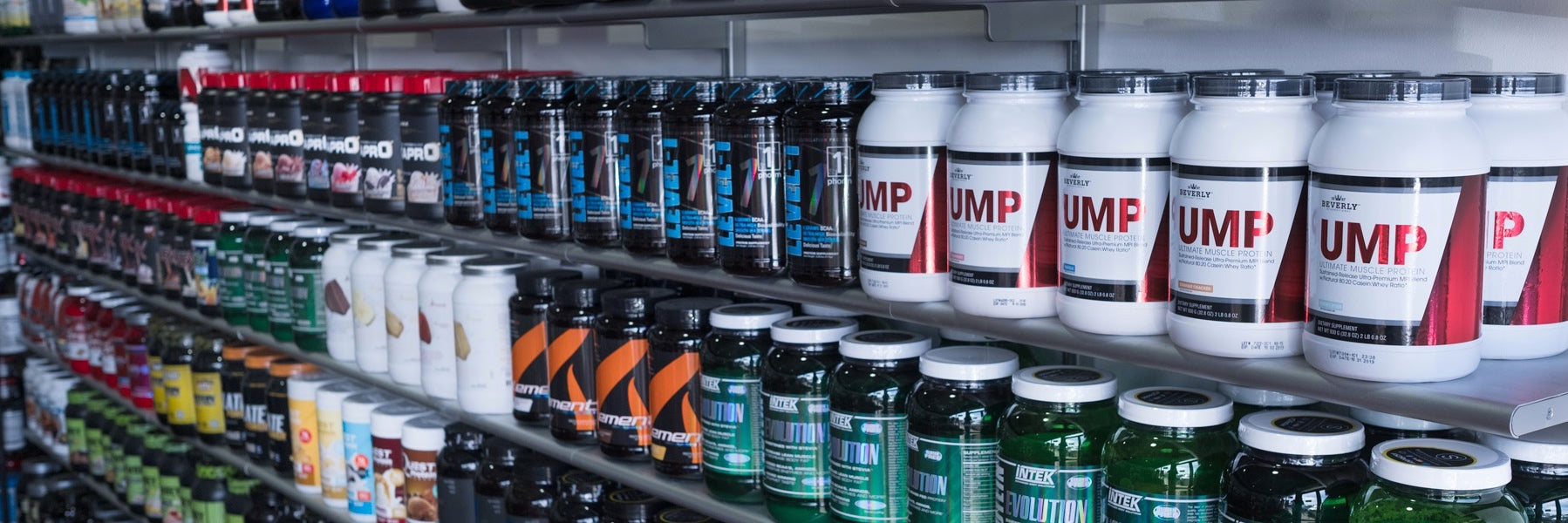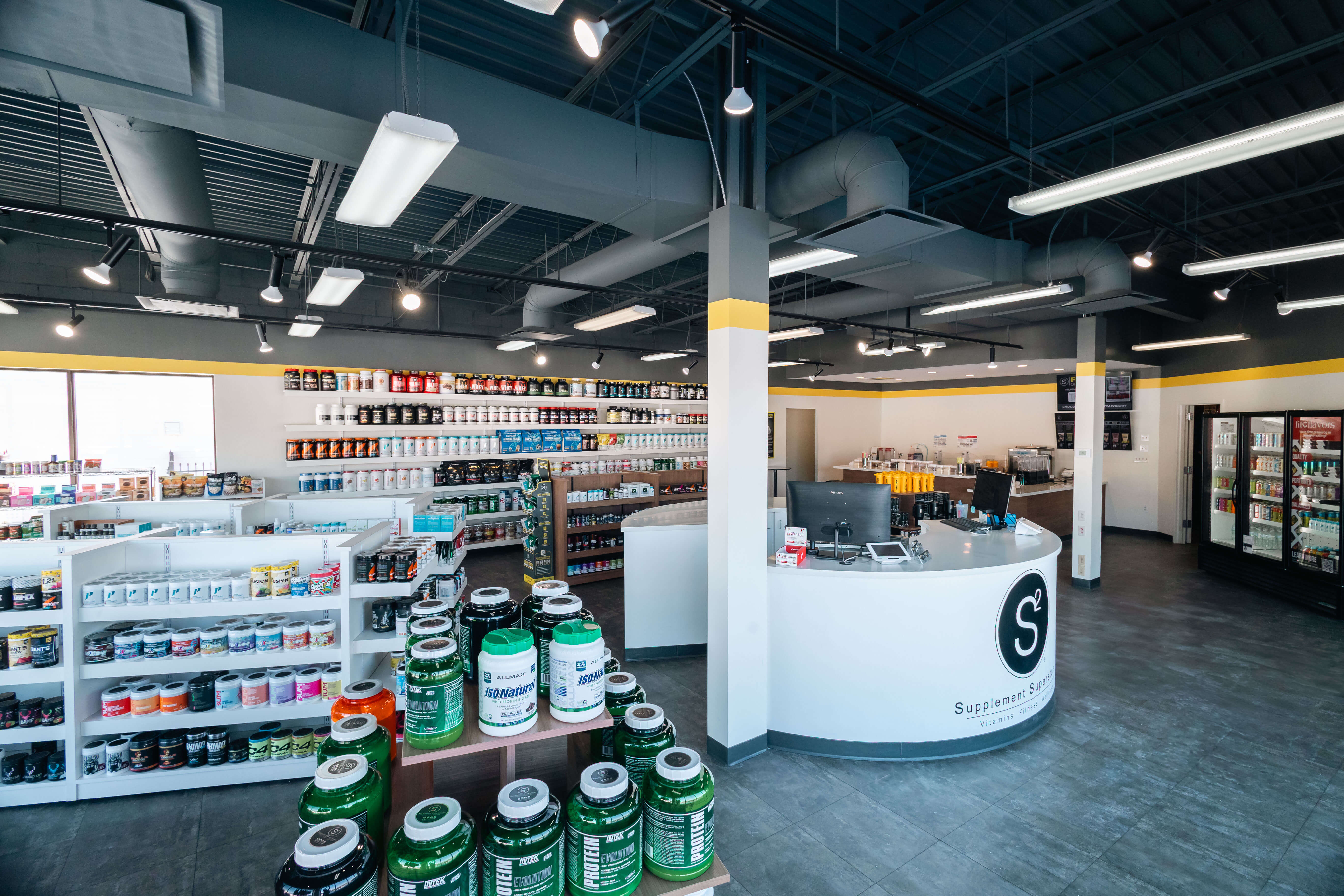With literally thousands of different protein powders on the market, one of the most common questions people ask is “What is the best protein powder?” Before I answer that, let’s dive into what protein is and why someone should be supplementing with a protein powder in the first place.
Proteins are made up of amino acids, and there are 20 amino acids total: 9 essential (EAA) and 11 non-essential. Non-essential amino acids can be made by the body, while essential amino acids cannot, meaning you must get them through food, or supplements. Three of the 9 EAAs are called Branched-Chain Amino Acids (BCAAs) which are the most important to turn on muscle protein synthesis, AKA an anabolic, muscle-building state.
Different foods contain different amino acid profiles, and the ones with the higher EAAs and BCAAs profiles should be the ones that we want to consume. Meats and fish typically contain the highest concentration of BCAAs and EAAs. When it comes to picking out a protein powder to help with supplementing your diet, the same statement is true. That’s why whey protein powder is EASILY the best option when it comes to supplementation, since it contains the best profile of EAAs and BCAAs.

Supplement Superstores carries a large variety of whey protein powder
Since whey protein comes from milk, the first step in the manufacturing process is heating the protein to get it into a powdered state. Since high heats will denature protein, always make sure that the protein you purchase was heated using the Low Temperature Processed (LTP) method. This means that the protein you are using is cooked in smaller quantities on lower heats and for longer periods of time, which keeps the protein much more bioavailable. More bioavailable means it will be easier for your body to actually utilize the nutrients from the protein. Think of raw vegetables vs fried vegetables. The less you cook a food, the easier it is for your body to utilize the nutrients the food contains.
Next, you must filter out the lactose and fats from the protein itself. You want to make sure that the whey protein you pick up uses a filtering technique called Cross Flow Microfiltration (CFM.) This is a process where they use ceramic filters to remove the lactose and fats from the whey, which keeps the protein much more bioavailable during the manufacturing process.
You should avoid using proteins that are filtered using the other process, Ion-Exchange. Ion-Exchange uses 2 harsh chemicals, hydrochloric acid and sodium hydroxide to separate the protein from the solution using an electric charge. Those two chemicals denature the protein making it less bioavailable when we consume it.
In addition to the amount your body can utilize, you will be able to taste and feel the difference between a properly manufactured protein, and a protein that was made using quick, cheap processes. A protein made using the correct processes won't leave you with a chalky aftertaste, or bloat!
If you are working out and wanting to maximize your results, whey protein powder is clearly the best option to use for supplementation. Furthermore, you want to ensure that you are using a protein powder that is processed using the best methods, to ensure that your body can utilize the nutrients properly.
At Supplement Superstores we carry a huge variety of different whey proteins at wholesale prices. Stop into one of our locations and our team of Certified Sports Nutrition Specialists will help find the best option for your goals.
*This post was written by Tyler Fox. He is a NASM Certified Personal Trainer and NASM Certified Fitness Nutrition Specialist.




